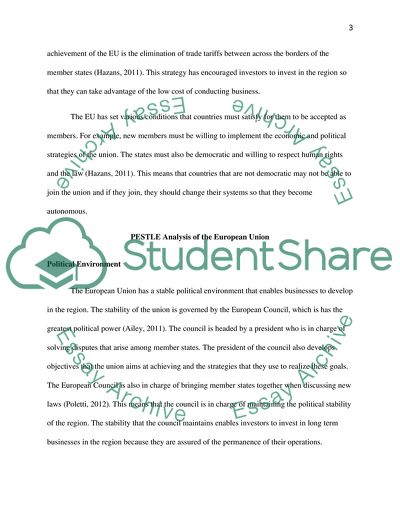Cite this document
(Individual Case Study Report Essay Example | Topics and Well Written Essays - 2750 words, n.d.)
Individual Case Study Report Essay Example | Topics and Well Written Essays - 2750 words. https://studentshare.org/macro-microeconomics/1815474-individual-case-study-report
Individual Case Study Report Essay Example | Topics and Well Written Essays - 2750 words. https://studentshare.org/macro-microeconomics/1815474-individual-case-study-report
(Individual Case Study Report Essay Example | Topics and Well Written Essays - 2750 Words)
Individual Case Study Report Essay Example | Topics and Well Written Essays - 2750 Words. https://studentshare.org/macro-microeconomics/1815474-individual-case-study-report.
Individual Case Study Report Essay Example | Topics and Well Written Essays - 2750 Words. https://studentshare.org/macro-microeconomics/1815474-individual-case-study-report.
“Individual Case Study Report Essay Example | Topics and Well Written Essays - 2750 Words”. https://studentshare.org/macro-microeconomics/1815474-individual-case-study-report.


